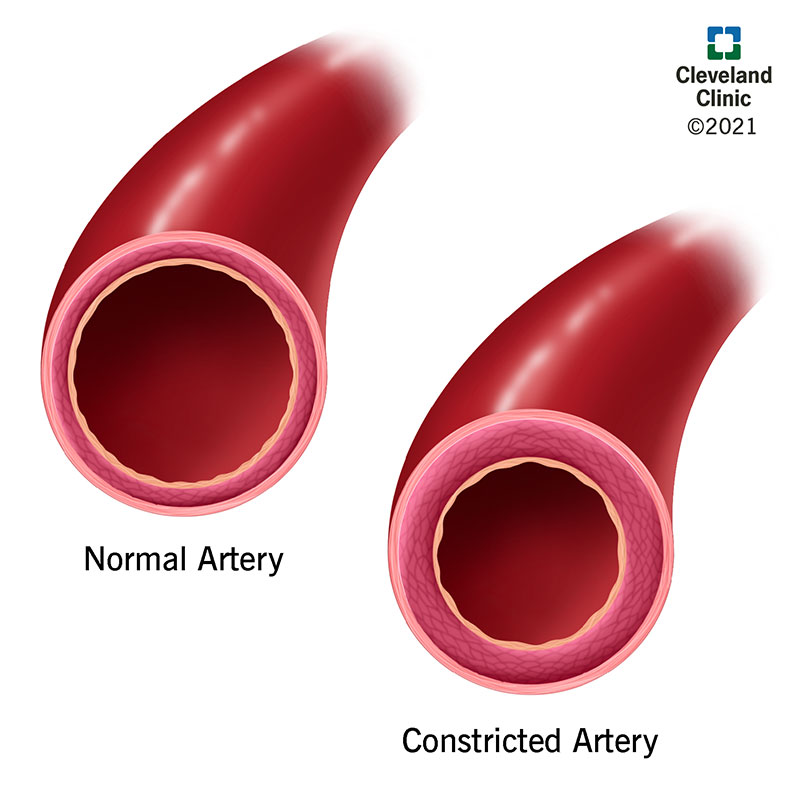An obese diabetic teen is given a prescription for a low-calorie diet and exercise program. This is an example of:
Tertiary prevention
Disease treatment
Secondary prevention
Primary prevention
The Correct Answer is D
Choice A Reason:
Tertiary prevention focuses on managing and mitigating the complications of an existing disease to prevent further deterioration. For obesity, this might involve interventions like bariatric surgery or intensive management of comorbid conditions such as diabetes or cardiovascular disease. In this scenario, the goal is not to prevent the onset of disease but to manage its long-term effects and improve quality of life.
Choice B Reason:
Disease treatment refers to the direct management of a diagnosed condition. For a diabetic teen, this could include medications like insulin or metformin, regular monitoring of blood glucose levels, and other medical interventions to control diabetes. While a low-calorie diet and exercise are important components of diabetes management, they are more aligned with preventive measures rather than direct treatment.
Choice C Reason:
Secondary prevention aims to detect and address a disease early in its course to prevent progression. This might include screening programs, early interventions, and lifestyle modifications for individuals at high risk of developing a condition. In the context of diabetes, secondary prevention could involve regular blood glucose monitoring and early dietary changes to prevent the progression from prediabetes to diabetes.
Choice D Reason:
Primary prevention involves measures taken to prevent the onset of a disease before it occurs. This includes lifestyle interventions such as a healthy diet, regular physical activity, and maintaining a healthy weight. For an obese diabetic teen, a prescription for a low-calorie diet and exercise program is aimed at preventing further weight gain and reducing the risk of developing additional health complications, making it a primary prevention strategy.
Nursing Test Bank
Naxlex Comprehensive Predictor Exams
Related Questions
Correct Answer is D
Explanation
Choice A Reason:
Beta2 activation results in bronchodilation. This is a well-known effect where the activation of beta2 adrenergic receptors in the smooth muscle of the airways leads to relaxation and widening of the airways, making it easier to breathe. This effect is commonly utilized in the treatment of asthma and other respiratory conditions.
Choice B Reason:
Beta2 activation also results in glycogenolysis. This process involves the breakdown of glycogen into glucose, which increases blood sugar levels. This effect is part of the body’s response to stress, providing additional energy for the “fight or flight” response.
Choice C Reason:
Beta2 activation results in vasodilation of skeletal muscles. This means that the blood vessels supplying the skeletal muscles widen, increasing blood flow to these muscles. This effect helps to deliver more oxygen and nutrients to the muscles during periods of increased activity.
Choice D Reason:
This is the correct answer. Beta2 activation does not result in the contraction of uterine muscle; rather, it causes relaxation of the uterine smooth muscle. This effect is beneficial in preventing premature labor by reducing uterine contractions. Therefore, the statement that beta2 activation results in contraction of uterine muscle is incorrect and indicates a need for further teaching.
Correct Answer is D
Explanation
Choice A: Minimal Effect on Vessels
A reduction in blood pH, which indicates acidosis, does not have a minimal effect on blood vessels. Acidosis can significantly impact vascular tone and function. Therefore, this choice is incorrect as it underestimates the physiological changes that occur in response to a decrease in pH.
Choice B: No Effect on Vessels
Similarly, stating that a reduction in blood pH has no effect on vessels is inaccurate. Blood pH is tightly regulated, and deviations from the normal range (7.35-7.45) can lead to significant physiological responses. Acidosis can alter vascular tone, making this choice incorrect.
Choice C: Vasodilation
While vasodilation can occur in response to certain conditions, a reduction in blood pH typically leads to vasoconstriction rather than vasodilation. Vasodilation is more commonly associated with an increase in blood pH (alkalosis) or other factors such as increased levels of nitric oxide or prostaglandins.
Choice D: Vasoconstriction
When the pH of blood reduces, indicating acidosis, it often leads to vasoconstriction. This response is mediated by chemoreceptors that detect changes in pH and stimulate the vasomotor center to increase vascular tone. Vasoconstriction helps to maintain blood pressure and ensure adequate perfusion of vital organs during acidosis. Therefore, this is the correct answer.

Whether you are a student looking to ace your exams or a practicing nurse seeking to enhance your expertise , our nursing education contents will empower you with the confidence and competence to make a difference in the lives of patients and become a respected leader in the healthcare field.
Visit Naxlex, invest in your future and unlock endless possibilities with our unparalleled nursing education contents today
Report Wrong Answer on the Current Question
Do you disagree with the answer? If yes, what is your expected answer? Explain.
Kindly be descriptive with the issue you are facing.
